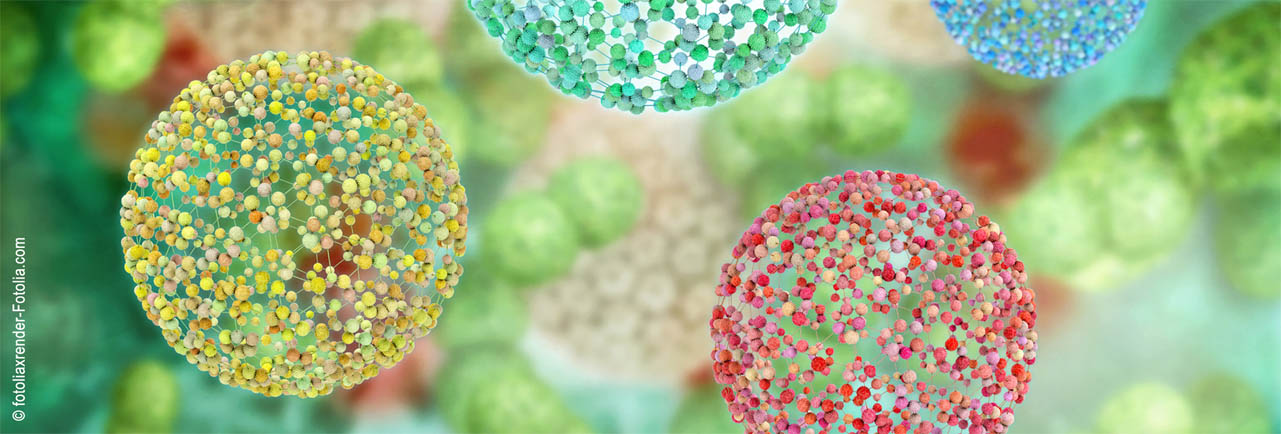Speaker
Description
The recently discovered ferroelectric nematic liquid crystals (FENLC) are liquids, that exhibit both long-range orientational ordering of the elongated constituents and ordering of the constituents’ dipolar moments[1,2,3]. One important aspect of these materials is how external mechanical action affects their electric polarization structure. In the viscous regime, applied stress in FNLC will induce material flow. The combination of fluidity and large polarization values is expected to result in novel mechano-electric phenomena.
Here we report on the observed effects of flow on the polarization structures of the FENLC confined to layers. In a special case, we demonstrate how electric current can be induced by mechanically deforming the FENLC sample. FENLC was filled into a custom-made deformable liquid crystal cell with in-plane electrodes attached to the bottom glass plate. The complex material flow induced by sample deformation caused changes in the polydomain structure of FENLC and also carried the defect structures across the slit between the bottom electrodes. Consequently, mechanically generated electric current can be then detected by means of adequate pick-up circuits.
Acknowledgements:
The study was funded from the European Union's Horizon 2020 research and innovation programme by the project MAGNELIQ under grant agreement no 899285 and by the Slovenian Research Agency (research core funding no. P1-0192).
The ferroelectric nematic liquid crystal material used in this work was supplied by Merck Electronics KGaA.
References:
[1] R. J. Mandle et al., Phys. Chem. Chem. Phys. 19, 11429–11435 (2017).
[2] H. Nishikawa et al., Adv. Mater., 29, 1702354 (2017).
[3] N. Sebastián et al., Phys. Rev. E, 106, 021001 (2022).

